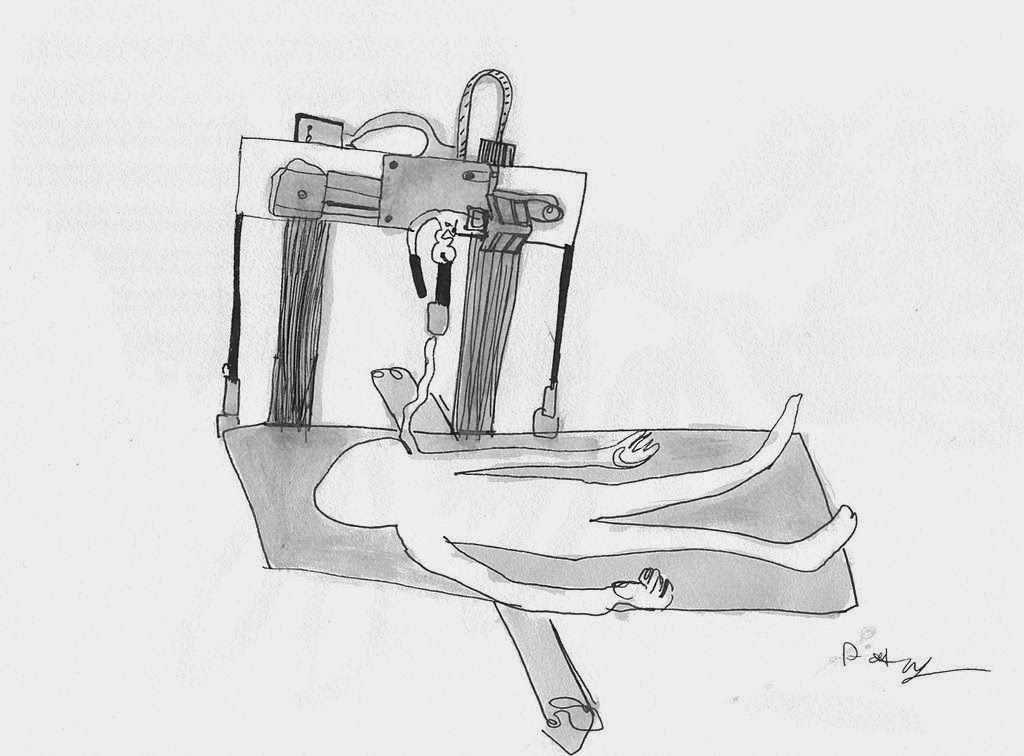3D Printing and the New Industrial Revolution
 |
| Illustration by OR drowhowa Wikimedia commons |
The Forgotten Workforce
So what will the
consequences of this exciting new technology be for the workforces that we have
been using
to fill our consumer marketplace with a constant supply of new
products if 3D printing makes it viable for us to manufacture locally? Harvard Business Review author Richard A. D’Aveni suggests
that the factors that have made countries like China the “workshop
of the world” will lose their impact
as the West becomes able to produce goods closer to the location where they are
to be consumed. For counties such as
China who have built economies that depend heavily on providing the west with
cheap labour the effects of 3D technology could be catastrophic. For the workers it will be felt even more
so. For these workers there will be no
safety net to break their fall when they are made redundant when their labour
is no longer required by the west. There
will be no welfare system to tide them over until they can retrain themselves
for other work and little or no support to retrain.
 |
| Factory workers Wikimedia Commons |
For many years now
the west has used these work forces to saturate their consumer marketplace with
new commodities and build up strong economies.
If our western manufacturers adopt 3D printing technology and begin to
produce goods locally our own economies will flourish as more people are
employed locally in the manufacturing sector to fill our store shelves. But what will the human cost be for the
workforces that currently produce the goods that stock our shelves?
It all bears
thinking about as we stand at the cusp of the new industrial revolution.
Unless otherwise stated all images have been sourced from Wikimedia Commons and have been assigned a Creative Commons Attribution Share-Alike License or are from the Public Domain
All of my artworks unless otherwise stated are shared under a Creative Commons Attribution Share-alike license (Version 4.0 (international licence)
All of my artworks unless otherwise stated are shared under a Creative Commons Attribution Share-alike license (Version 4.0 (international licence)